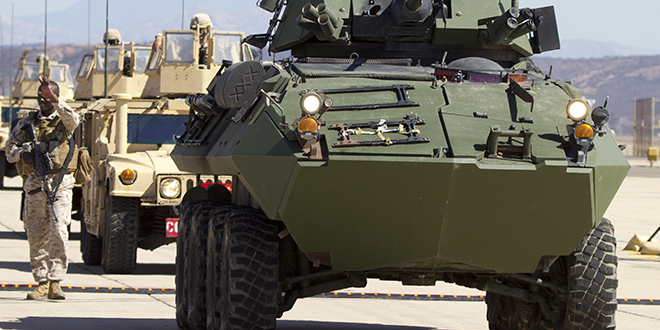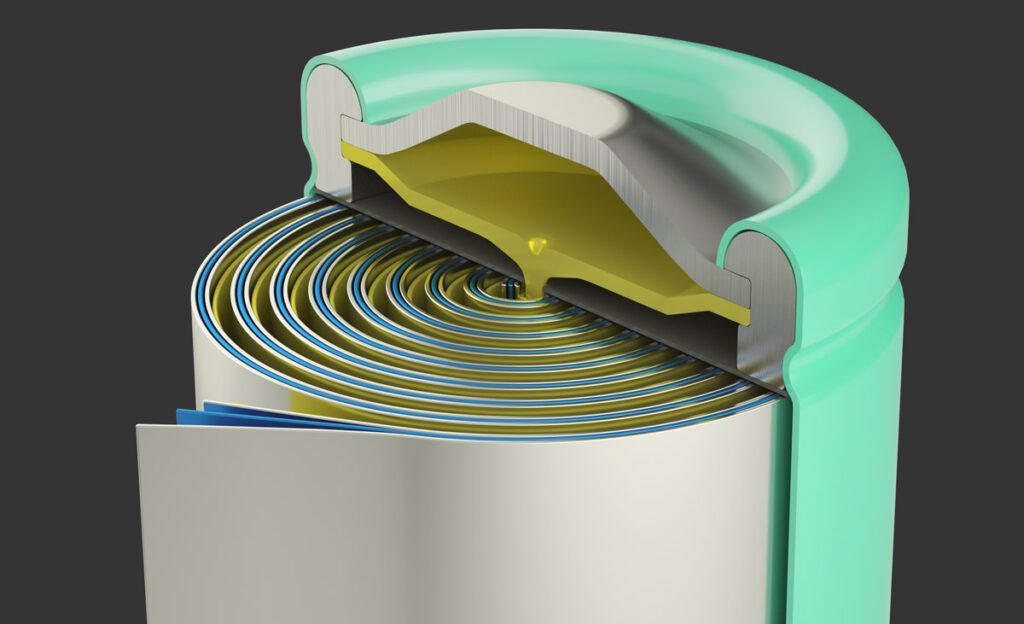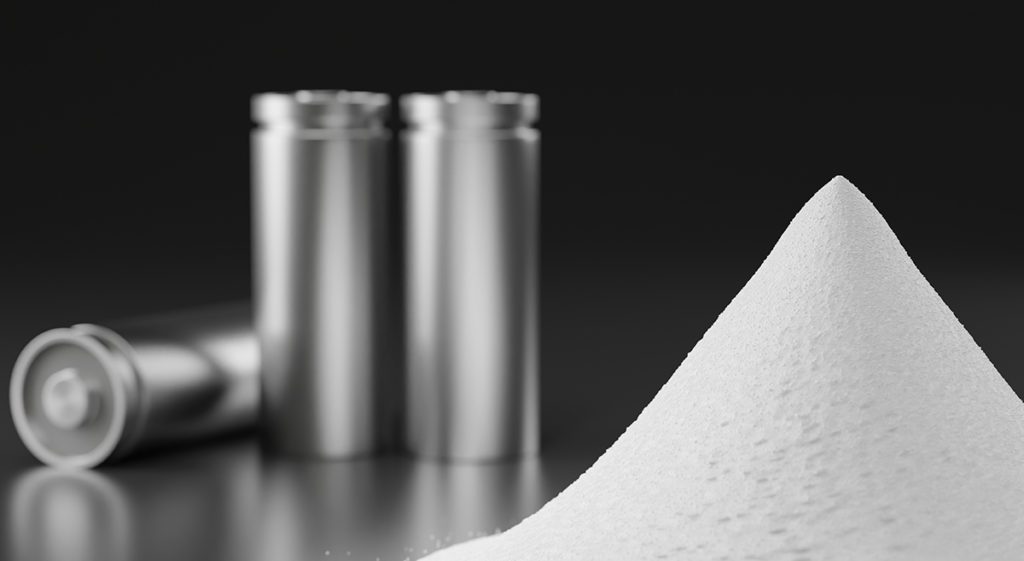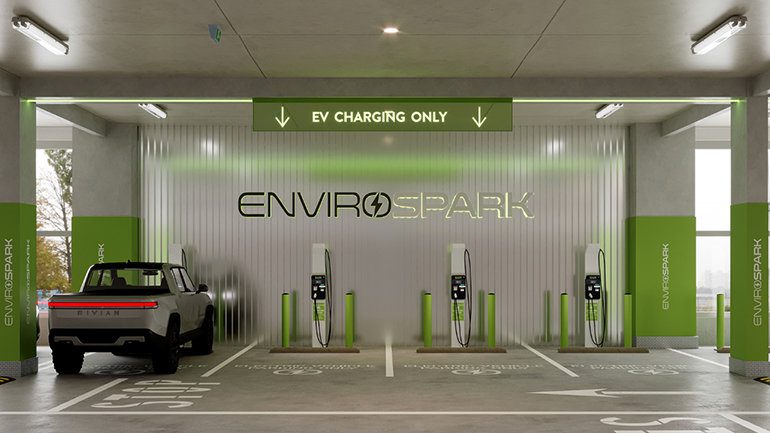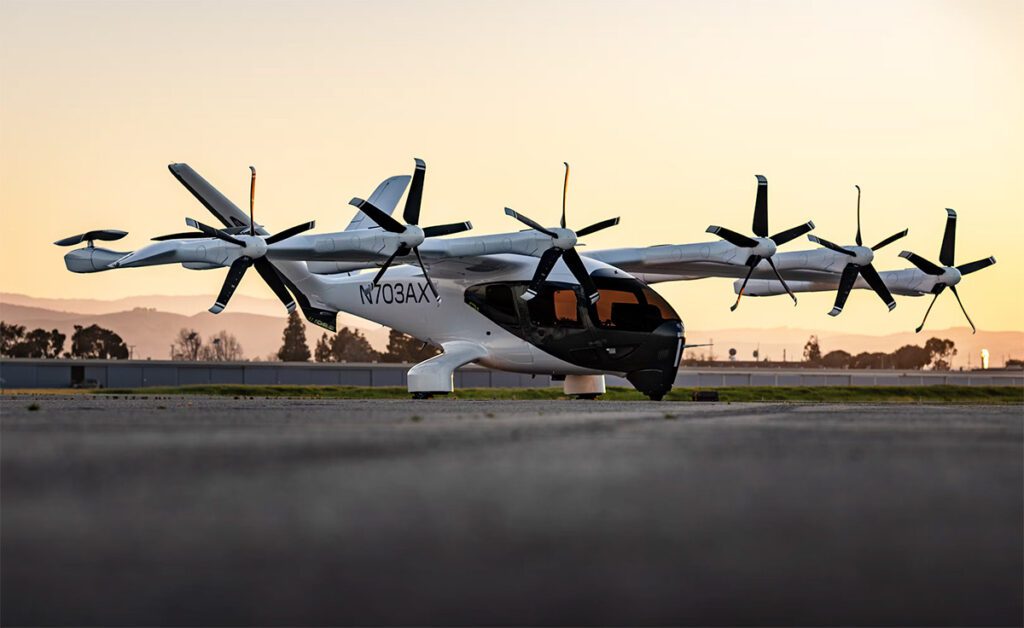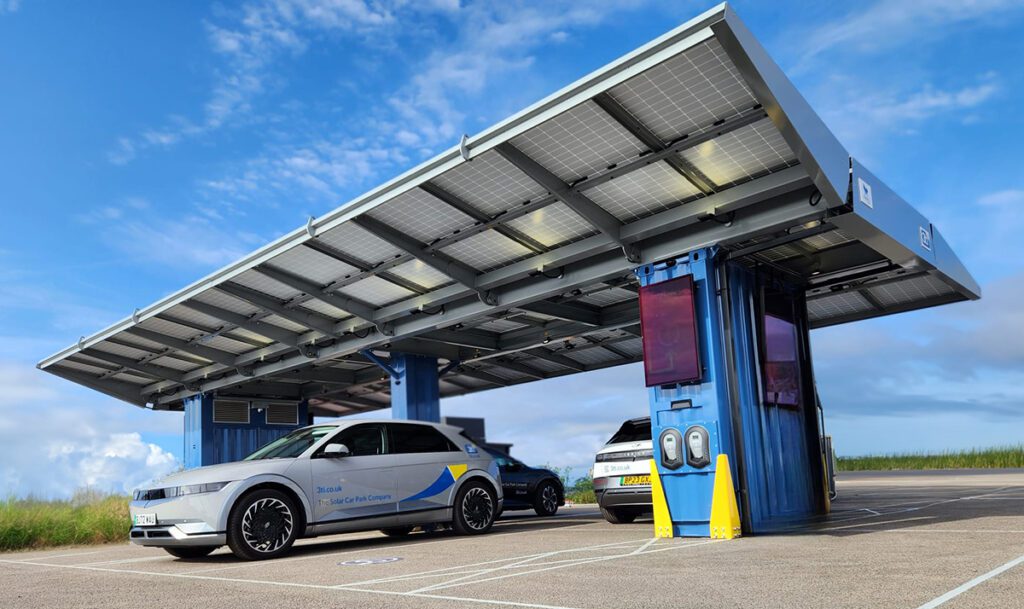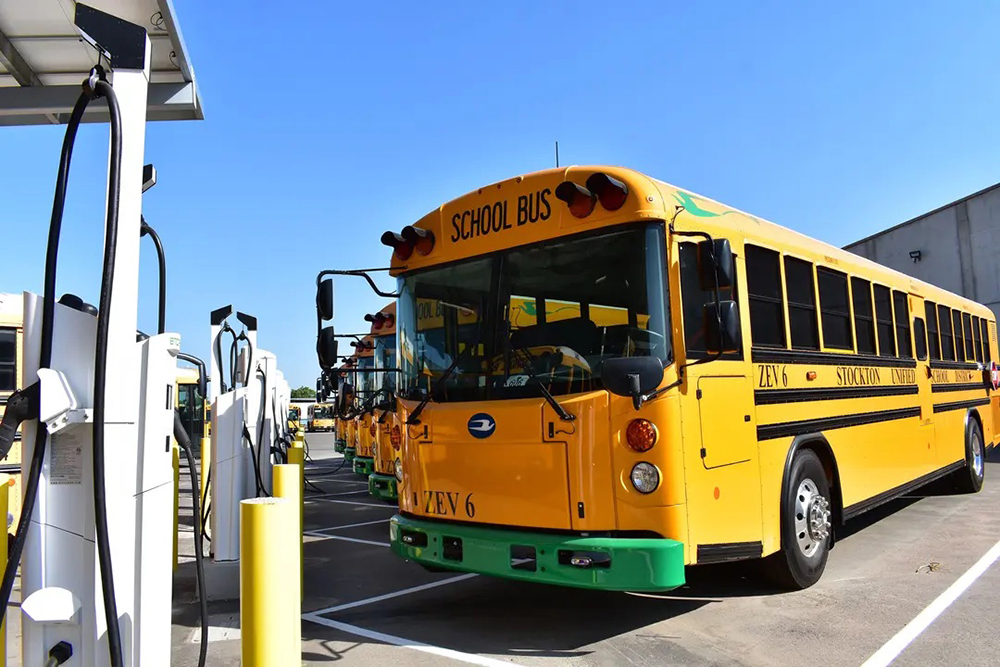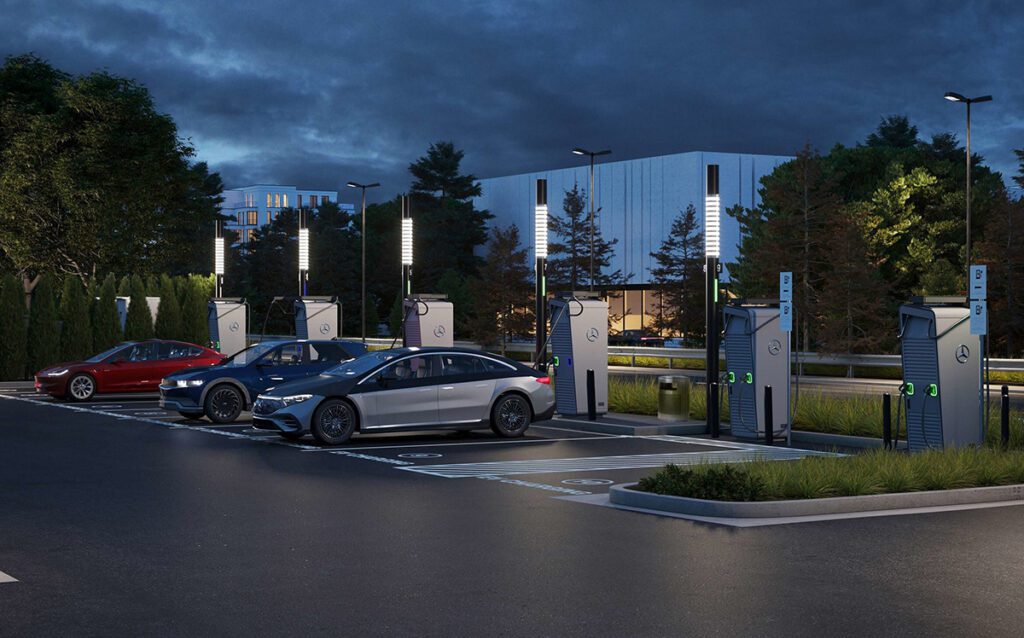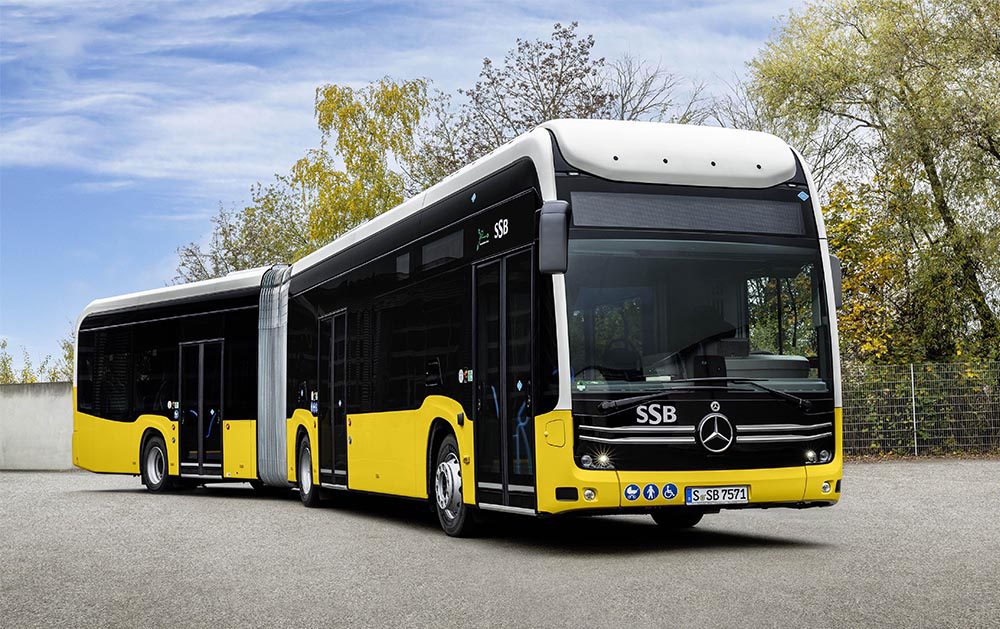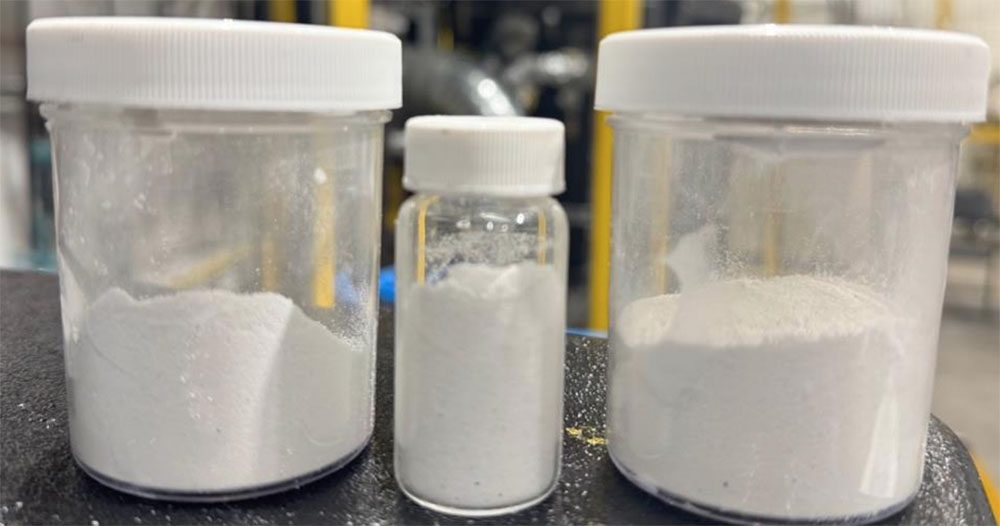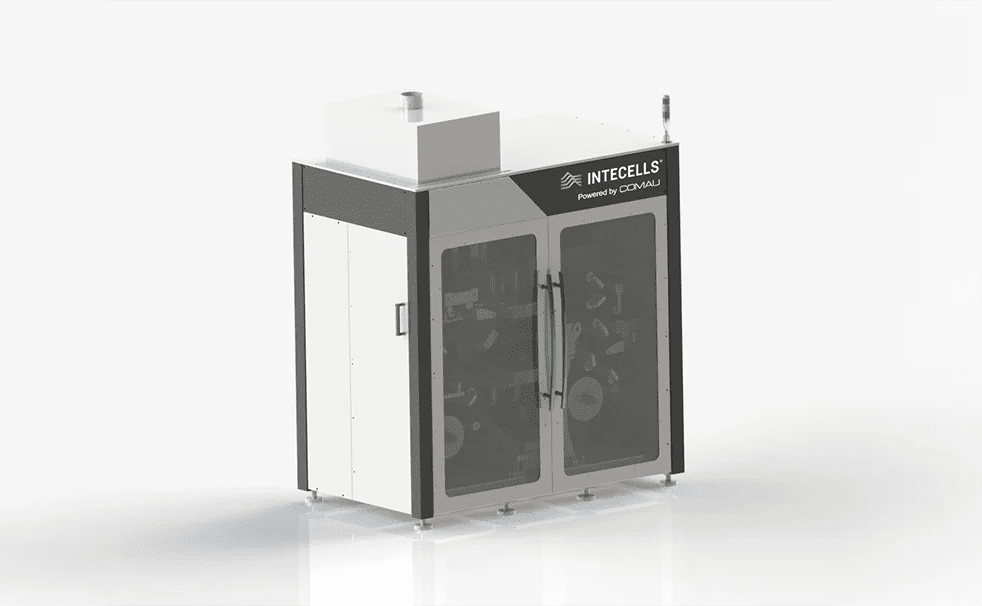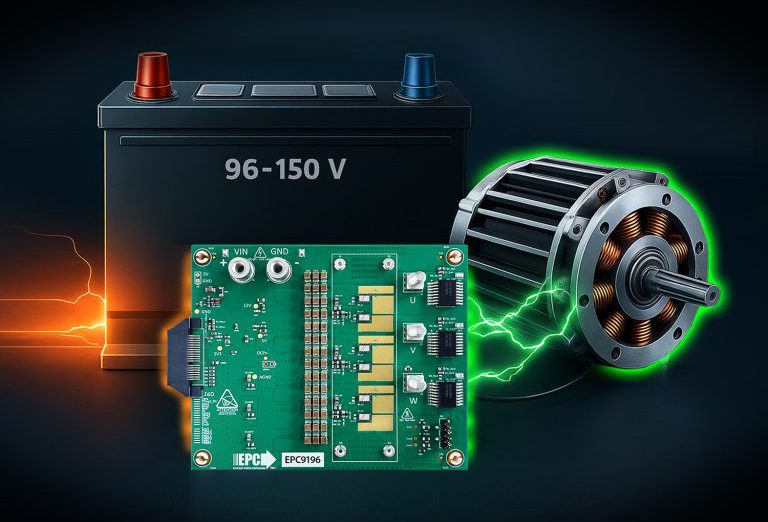The US Department of Defense has awarded EaglePicher, a company with a long history in the defense industry, $22 million in funding for Phase II of the Lithium-Ion Battery for Military Applications (LIMA) project. The program’s goal is to assure the affordable production of items deemed essential for national defense.
“This award assures EaglePicher will continue to be the leader in advanced lithium-ion technology for defense applications,” noted President Randy Moore. “Currently, the government relies on lithium-ion cells that are produced outside the US. Most of our military’s current rechargeable portable power requirements and some critical energy-dependent weapons being developed and fielded for the future use these cells.”
During Phase I of the LIMA program, competitors were required to demonstrate cell technology capable of exceeding 250 watt-hours per kilogram at an elevated discharge rate. EaglePicher was selected as the sole contractor for Phase II, which provides financial assistance to establish a production facility supporting the manufacture of raw materials, cells, and batteries using this new high-energy-density formulation.
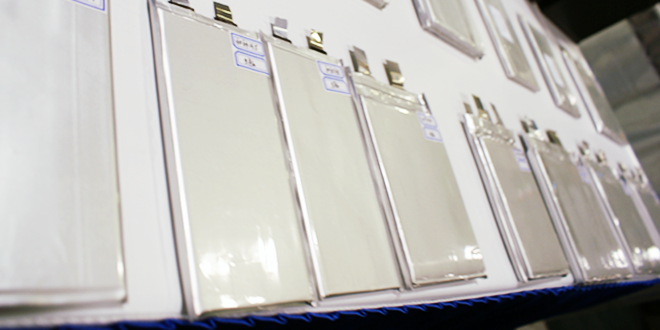
“This is being viewed by the industry as the next big step in lithium-ion battery technology,” said VP John Bennett. “In addition to the move to more rechargeable batteries for the soldier, micro-grids for forward-deployed troops will benefit from this technology.”
SEE ASLO: Air Force rolls out plug-in vehicle fleet with V2G
EaglePicher plans to construct a 100,000-square-foot expansion at its existing manufacturing facility in Joplin, Missouri to accommodate the new production.
“Our current lithium-ion cell manufacturing focuses on medical and space applications,” said VP Ron Nowlin. “This new capability will also help us better serve both military manned- and unmanned-aircraft applications. The improvements in battery energy density that we have created can truly be an enabling technology and allow for reduction of weight and extension of mission-critical applications.”
Source: Green Car Congress
Images: Top – Nathan Rupert/Flickr, Bottom – © CHRAGED EVs







